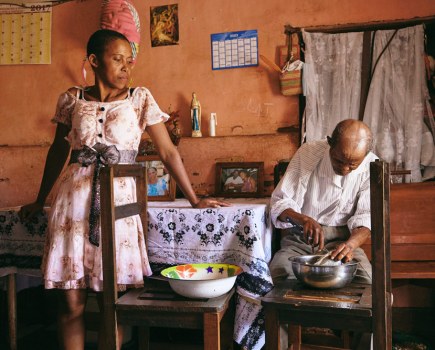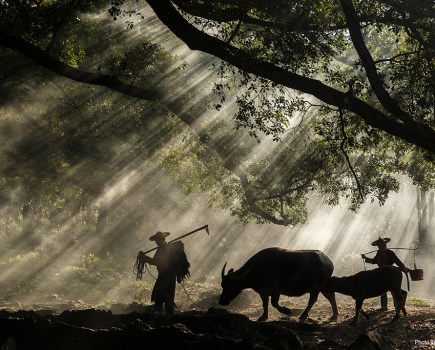Photographers have given their reaction to guidance issued to the private security industry, designed to target overzealous behaviour by officials who suspect them of plotting terrorist attacks.
Published last week, Photography and Hostile Reconnaissance, was drawn up by the British Security Industry Association (BSIA), with the UK Government and counter-terrorism police.
The move followed months of talks between the Home Office, police and photography rights campaigners including Amateur Photographer (AP) magazine.
On its website, the BSIA, a trade body, urges its 570 members to distribute the rules to more than 75,000 security officers it represents nationwide.
It is already available in the members area of the BSIA?s website.
Among those welcoming the guidance was Dr Michael Pritchard, director general of the Royal Photographic Society which voiced its concerns at the Home Office meetings.
Pritchard told AP: ?It is promising to see the BSIA providing a clear statement of the law for their members which clearly affirms the right of photographers, when they are on public land, to take photographs of any building or person.
He added: ?It is now important that BSIA members make security personnel, on the ground, aware of this as part of their training and ensure that the guidance is correctly applied.?
BSIA members alerted by email
Meanwhile, the BSIA says its members? reaction to the guidance was ?largely positive? in a meeting of its security guard section held yesterday (9 November).
A BSIA spokeswoman told us: ?We have sent out an email to all our members, letting them know it exists? It?s been very well received throughout our membership.?
However, she said it will be up to BSIA members whether the guidance is incorporated into security guard training.
Some remain sceptical about its effectiveness. One member of the Amateur Photographer website forum, using the online name 125thAtf8, wrote: ?Potentially a distinct improvement, with the huge caveat that it actually has to be read, understood (and not ?interpreted? to suit prejudices) by a lot of people who I don?t usually view as especially good at rational thought?.
Another, BikerMike, wrote: ?Welcome news of a sort but it is only a guide,? adding it gives ?no guarantee whatsoever? that security staff will follow it.
Though the guidance states people must not be stopped from taking pictures when in a public place, it makes clear that restrictions may apply to a privately-owned building.
It states: ?If an individual is on private property s/he may not take photographs if such activity is expressly prohibited or requires a permit which has not been sought or granted.
?In this instance, a security guard may inform the individual of the restrictions and politely request that s/he ceases to take photographs or film. The security guard could request that the individual leave the premises and could use reasonable force if necessary to effect this.?
This highlights the crucial difference between a ?public?, and a publicly accessible but ?private?, property.
Yet, the document urges guards to adopt a ?courteous manner? when approaching photographers, whatever the circumstance.
In recent years, many photographers have reported that it is this initial approach by the guard, coupled with an apparent ignorance of the law, that triggers a verbal dispute and a call to police.
‘Polite’ approach paramount
AP reader Chris White was stopped by a guard while taking pictures of his daughter eating an ice-cream at Braehead shopping centre near Glasgow last month.
Though White cautions that the guidance relates only to suspicions over ?hostile reconnaissance?, he points out that had the guard approached him in a ?polite manner? the incident would not have developed into the global headline-grabbing story it became.
Speaking to AP a few days ago, he added: ?Had the security guard explained that he just wanted to check out why I had been taking photographs and? that nothing suspicious had occurred then the whole Braehead story would not have happened, there would have been no police involvement, no complaint, no Facebook campaign.?
A spokesman for the Bureau of Freelance Photographers, which also campaigned for the guidance – as did the NUJ – said: ?Aimed at security officers, it makes clear that it is not an offence for a member of the public or journalist to take photographs of a public building. Nor do they need a permit to photograph or film in a public place.
?We can only hope this guide is widely distributed to officers on the ground, so that we may get fewer instances of photographers being wrongly stopped from taking photographs.?
Award-winning architectural photographer Grant Smith, from the I?m a Photographer Not a Terrorist campaign group, was also involved in the Home Office talks.
Welcoming the four-page document, Smith told Home Office officials afterwards, by email: ?I think it is an excellent guide and am pleased our concerns were given consideration.?
RELATED ARTICLES
Photography and Hostile Reconnaissance guide published
AP meets counter-terrorism officials at Home Office







